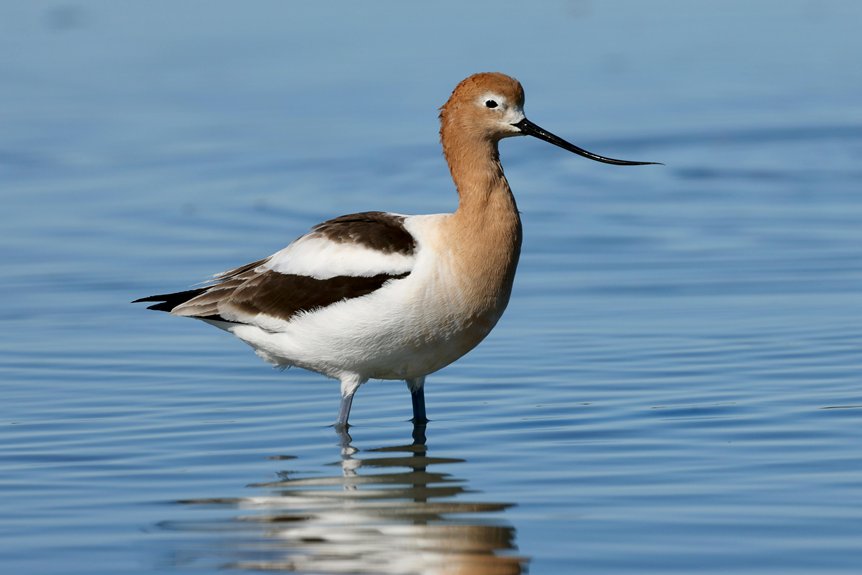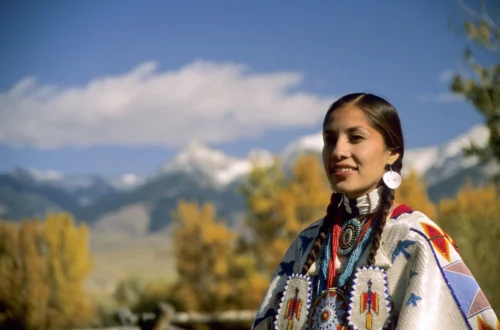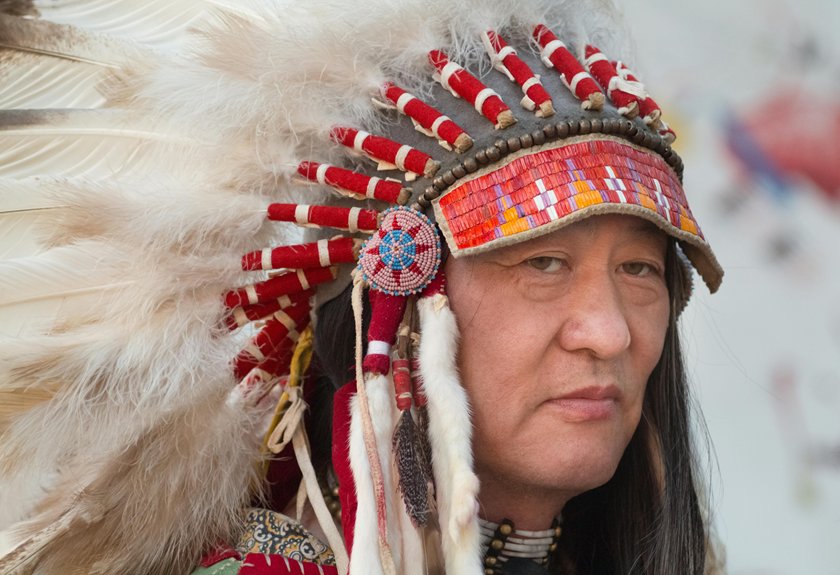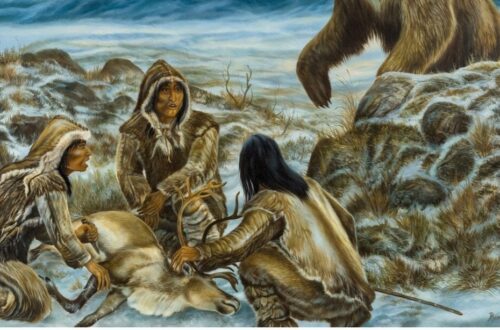You might not know that the ancestors of Native Americans crossed a vast land bridge called Beringia, connecting Asia to North America around 20,000 years ago. As the glaciers melted, these early peoples journeyed across the continent, adapting to diverse environments. Their migration patterns reveal not just survival, but also the beginnings of rich cultural traditions. What drove these migrations, and how did they shape the communities we see today?
The Land Bridge Theory
As you explore the origins of Native Americans, you’ll find that the Land Bridge Theory offers a fascinating glimpse into their journey.
This theory suggests that during the last Ice Age, around 20,000 years ago, a land bridge called Beringia connected Asia and North America. You can imagine how early peoples, driven by the search for resources and new opportunities, crossed this bridge, seeking fertile lands and abundant wildlife.
This migration marks the beginning of a rich tapestry of cultures and communities that would thrive across the continent. Understanding this migration helps you appreciate the deep roots of Native American heritage, highlighting their resilience, adaptability, and connection to the land—elements that remain crucial in their communities today.
Migration Patterns of Paleo-Indians
While the Land Bridge Theory sets the stage for understanding how Paleo-Indians first arrived in North America, the migration patterns they followed reveal much about their adaptability and survival skills.
You’ll see that these early peoples moved in response to environmental changes, following herds of megafauna across vast landscapes. They didn’t just wander aimlessly; they formed complex routes connecting various regions, showing deep knowledge of the land.
As they spread out, these groups adapted their hunting and gathering techniques to local ecosystems, fostering a rich tapestry of cultures and practices. Community ties strengthened as they shared resources and wisdom, laying the groundwork for future generations.
Recognizing these patterns helps us appreciate the resilience and ingenuity of Paleo-Indian communities.
Archaeological Evidence of Early Settlements
Archaeological discoveries illuminate the lives of early Native American settlers, revealing how they shaped their communities and environments. You’ll find evidence of sophisticated settlements where these groups thrived, utilizing local resources to create tools, pottery, and structures.
Sites like Cahokia and Mesa Verde showcase their architectural prowess, demonstrating a deep understanding of agriculture and trade. As you explore these findings, you see how early settlers adapted to their surroundings, forming intricate social networks and cultural practices.
Burial sites and artifacts help us grasp their spiritual beliefs and daily lives, emphasizing the importance of community. Through these discoveries, you gain insight into the resilience and ingenuity of Native Americans, furthering your appreciation for their rich heritage and enduring legacy.
Genetic Studies and Ancestral Links
Understanding the genetic studies of Native Americans offers a fascinating glimpse into their ancestral links and migration patterns. Scientists analyze DNA from both ancient remains and contemporary Native American populations, revealing connections to ancient Siberian groups.
These studies highlight a shared lineage, suggesting that your ancestors may have traversed the Bering Land Bridge thousands of years ago. Furthermore, genetic diversity within tribes reflects unique histories and adaptations to various landscapes.
The Impact of the Last Ice Age
The Last Ice Age profoundly shaped the landscapes and ecosystems that early Native Americans encountered as they migrated into the continent. Glaciers covered vast areas, creating a rugged terrain and altering natural resources.
As the ice receded, it left behind rich, fertile land, abundant wildlife, and diverse plant life. These changes provided vital resources for survival, enabling communities to flourish.
Rivers and lakes formed, offering fresh water and supporting fish populations. The shifting climate also encouraged migration patterns, as groups followed herds of large animals.
Understanding these environmental transformations helps you appreciate how early inhabitants adapted and thrived in their new surroundings, developing a deep connection to the land that would sustain them for generations to come.
Cultural Adaptations of Early Inhabitants
As early inhabitants adapted to the changing landscapes of North America, they developed rich cultural practices that reflected their deep connection to the environment.
You’d see how they utilized local resources, creating intricate tools and weaving textiles from plant fibers. Their diets varied based on available flora and fauna, leading to diverse culinary traditions.
Spiritual beliefs often centered around nature, with rituals honoring the animals and plants essential for survival. Community gatherings fostered social cohesion, as storytelling and art conveyed shared histories and wisdom.
These adaptations weren’t just survival strategies; they formed the backbone of thriving cultures, each uniquely attuned to its surroundings.
The Role of Environment in Migration
Environmental factors greatly influenced how Native Americans migrated across the continent. You can imagine how climate, geography, and natural resources shaped their journeys.
As hunter-gatherers, they followed animal migrations and seasonal plant growth, adapting their routes to changes in weather and food availability. Rivers and mountain ranges served as both barriers and pathways, guiding their movement.
Coastal areas provided rich resources, while arid regions required innovative strategies for survival. You’ll notice that these environments fostered diverse cultures, each uniquely attuned to their surroundings.
Through these migrations, Native Americans developed deep connections with the land, shaping not just their survival, but their identities. Understanding this relationship offers insight into the resilience and adaptability that define Native American heritage today.
Theories of Coastal Migration
Several theories suggest that coastal migration played an essential role in how Native Americans first populated the continent. You might envision early peoples traversing along the Pacific coastline, utilizing boats to follow rich marine resources.
As they traveled, they likely formed close-knit communities, sharing knowledge and skills essential for survival. This coastal route would’ve offered a variety of food sources, from fish to sea mammals, fostering cultural practices centered on the sea.
Archaeological evidence supports these theories, revealing ancient settlements and tools along the coast. Understanding this migration helps you appreciate the deep connections Indigenous peoples have with their environments, showcasing resilience and adaptability that shaped diverse cultures across the Americas long before modern times.
Linguistic Evidence and Diversity
While exploring the rich tapestry of Native American languages, you’ll discover how linguistic diversity offers profound insights into the histories and migrations of Indigenous peoples.
Each unique language carries stories, traditions, and connections that deepen our understanding of their journeys. Here are some key aspects to reflect on:
- Language Families: Over 300 languages span several distinct families, reflecting diverse cultural backgrounds.
- Cultural Identity: Language serves as an essential link to ancestry, community, and identity, fostering resilience.
- Migration Routes: Linguistic similarities hint at ancient pathways and interactions among tribes.
- Preservation Efforts: Revitalizing endangered languages strengthens communities and honors ancestral legacies.
Through these languages, you’ll grasp the richness of Indigenous histories and the resilience of their cultures.
Legacy of Native American Cultures
Understanding the intricate web of Native American languages sheds light on the enduring legacy of Indigenous cultures. Each language embodies unique perspectives, histories, and traditions, connecting communities to their ancestors.
As you explore these languages, you’ll uncover stories of resilience, spirituality, and profound knowledge of the natural world. Indigenous art, music, and storytelling further enrich this legacy, reflecting the deep relationship between people and place.
Today, many tribes actively revitalize their languages and traditions, fostering a sense of identity and belonging. Engaging with Native American cultures invites you to appreciate their contributions to society, from sustainable practices to rich philosophical insights.





